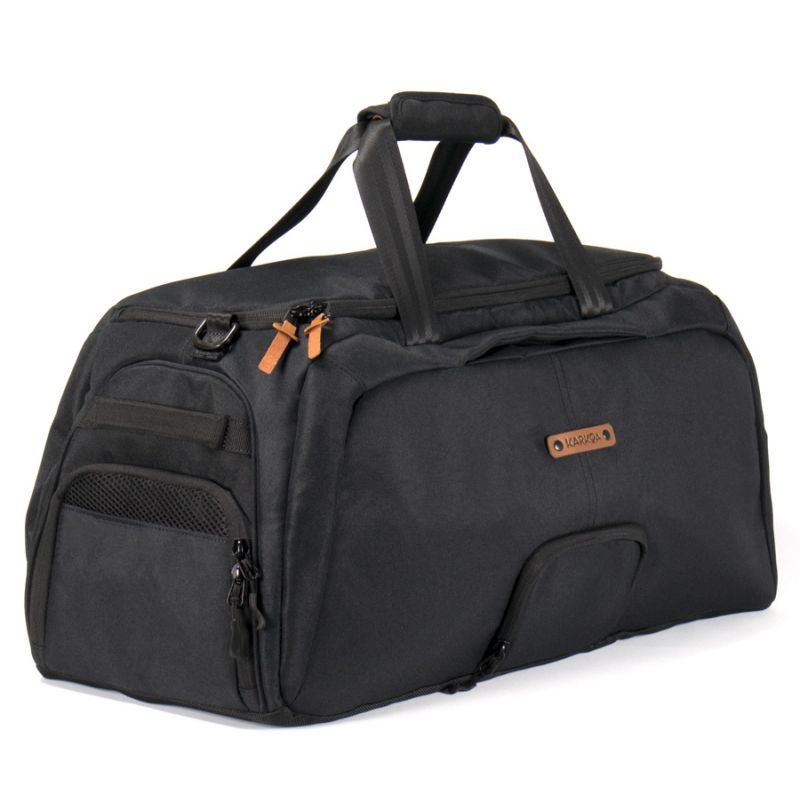It’s also known as Tabata crossfit, Tabata training or Tabata cardio.
Tabata HIIT sessions are very short but particularly intense, with the aim of achieving maximum efficiency. The very high metabolic rate results in high energy expenditure. The aim is to improve anaerobic capacity, VO2 Max and muscle development. There are several HIIT methods, so let’s look at what exactly Tabata HIIT consists of.
The origins of Tabata HIIT
Tabata HIIT takes its name from its creator, Dr Izumi Tabata. While living in Japan, he developed his method by observing athletes training for several weeks. He was able to conclude from his experiments that athletes practising shorter sessions, but of higher intensity, had greater anaerobic and aerobic endurance than those practising longer but less intense sessions.
The principle is to alternate short periods of intense activity with short periods of rest. The aim is to push the body to its limits and force it to adapt. A classic HIIT workout will alternate periods of 30 seconds of exercise and 30 seconds of rest. This type of split training can burn up to 30% more calories than a more traditional programme.
What is Tabata Training?
Tabata HIIT differs from other HIIT methods in the length of the sequences.
Interval training
Tabata HIIT alternates 20-second phases of intense physical activity with 10-second recovery phases. A complete session lasts 4 minutes. During this time, you will do eight intense exercises of 20 seconds each, followed by 10 seconds of recovery. Although 4 minutes may seem short, the intensity of the effort is maximal. If the exercises are well done, chances are you won’t feel like prolonging the session.
Alternating Tabata exercises
The great thing about the Tabata HIIT method is that it’s not limited to a single exercise. Depending on what you want to work on, you can adapt the exercises. Typically, an intense 4-minute session of push-ups, squats, burpees, sprints, skipping rope or punching bag is perfectly suitable and widely practised. The Tabata HIIT method can also be applied to running, cycling or swimming.
Tabata Circuit
It’s also possible not to limit yourself to just one type of exercise, but to practise in the form of a circuit. Each time you change work interval, after a short recovery phase, you change exercise. This makes it possible to change the muscle group worked at each interval.
Recovery
Between each exercise, the recovery phase can be passive or static, or active, with low-intensity running for example. It is deliberately short so as to gradually increase anaerobic capacity. These intense efforts with partial recovery will force the body to draw on its fat reserves for energy. Regular exercisers will therefore succeed in losing weight while gaining muscle mass.
How is Tabata HIIT cardio practised?
Tabata HIIT can be done anywhere, anytime, without any special equipment. Even if beginners can practise Tabata HIIT, it is still advisable to have a regular sporting activity beforehand.
Warm-up
Like any physical activity, the warm-up phase is essential. All the more so with this type of exercise, as it is particularly intense. Doing them without a warm-up is a sure-fire way of injuring yourself. A moderate 5-10 minute warm-up prepares the body for the physical activity that follows.
Tabata Timer
Naturally, as the method is based on the intensity and duration of the exercises, you’ll need a stopwatch. An interval timer is ideal. There are also free apps for mobile phones, both Android and iOS. A heart rate monitor is also very useful for accurately measuring your heart rate.
Without accessories
Whether you practice Tabata HIIT indoors or outdoors, the important thing is to give it your all. The exercises can be performed using body weight, without any additional accessories.
Sports nutrition
Naturally, Tabata HIIT requires energy. It’s important to have a small snack two or three hours before a session. Above all, don’t exercise on an empty stomach. You should also remember to hydrate before, during and after a Tabata HIIT session.
Music
Finally, to give yourself courage and keep up the pace, you can practise to music. Many platforms offer playlists of music specially designed for Tabata HIIT sessions.
Tabata Workout: some Tabata HIIT exercises
A complete Tabata HIIT session is called a workout. So here’s a Tabata workout and its cardio exercises on video…
Why practice Tabata HIIT?
Practising Tabata HIIT will improve your performance. It can therefore be used to complement other sports.
Burn fat
Tabata HIIT will enable you to reduce body fat by using it powerfully to fuel your body during exercise. As the recovery phases are very short, the body doesn’t have time to fully recover before the start of the next exercise. Glycogen reserves will therefore be called upon during exercise and fat during recovery. Since metabolic activity remains high even long after the end of exercise, fat burning can continue for several hours after the Tabata HIIT session has finished.
Cardio and VO2 max
Aerobic and anaerobic capacities will gradually develop over the course of the sessions. Aerobic exercise is moderate in intensity. This is between 65 and 80% of maximum heart rate. In this case, it is mainly fats that are consumed. Anaerobic exercise is brief but intense. The body then draws on its protein and fat reserves.
By practising Tabata HIIT exercises regularly, you will see your aerobic and anaerobic capacity, as well as your VO2 max gradually increase. You’ll also lose fat and gain muscle mass.
The ideal fitness bag
If you’re heading to your Tabata HIIT workout after work, don’t forget your women’s sports bag compartmentalised Karkoa or any of the other bags in Karkoa’s range of chic and practical sports bags.
















